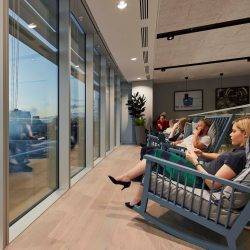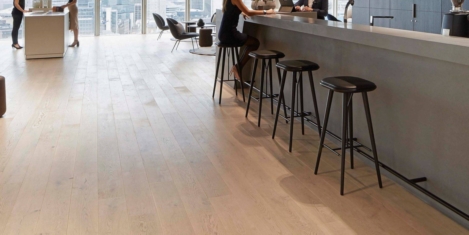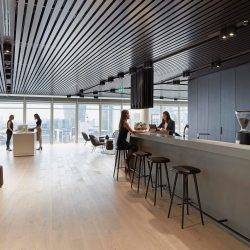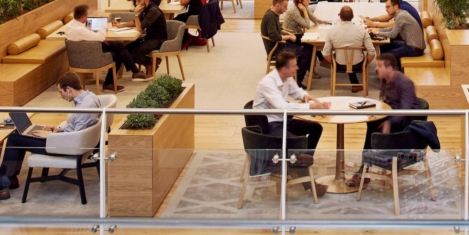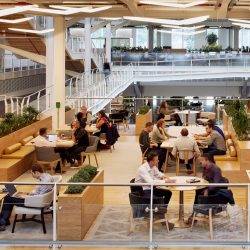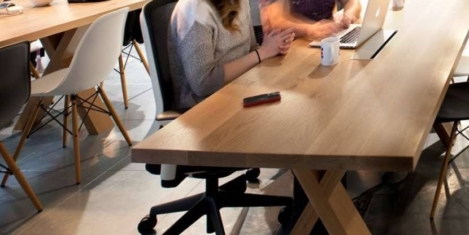January 16, 2017
Fathers’ careers stifled by modern workplace culture, claims report 0
The UK is running the risk of creating a ‘fatherhood penalty’ – as fathers consider stalling or side-lining their careers to find roles they can better combine with family life, according to a new study. The 2017 Modern Families Index, published today by work-life charity Working Families and Bright Horizons, captures a broad picture – of fathers wanting to take an active part in childcare and the workplace failing to adapt and support their aspirations. Family is the highest priority for fathers. A quarter of fathers that took part in the study drop their children at school or nursery every day; with just over a quarter (26 percent) collecting them more than half the time. Seven out of ten fathers work flexibly to fulfil their caring responsibilities. However, for half of the fathers we spoke to their work-life balance is increasingly a source of stress. A third of fathers feel burnt out regularly and one in five fathers are doing extra hours in the evening or weekends all the time.







